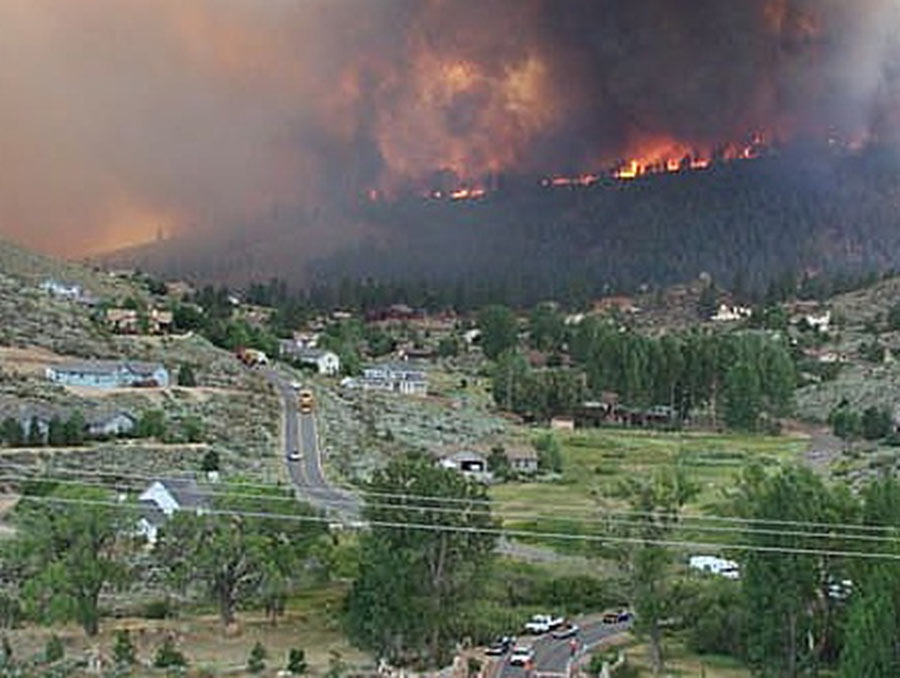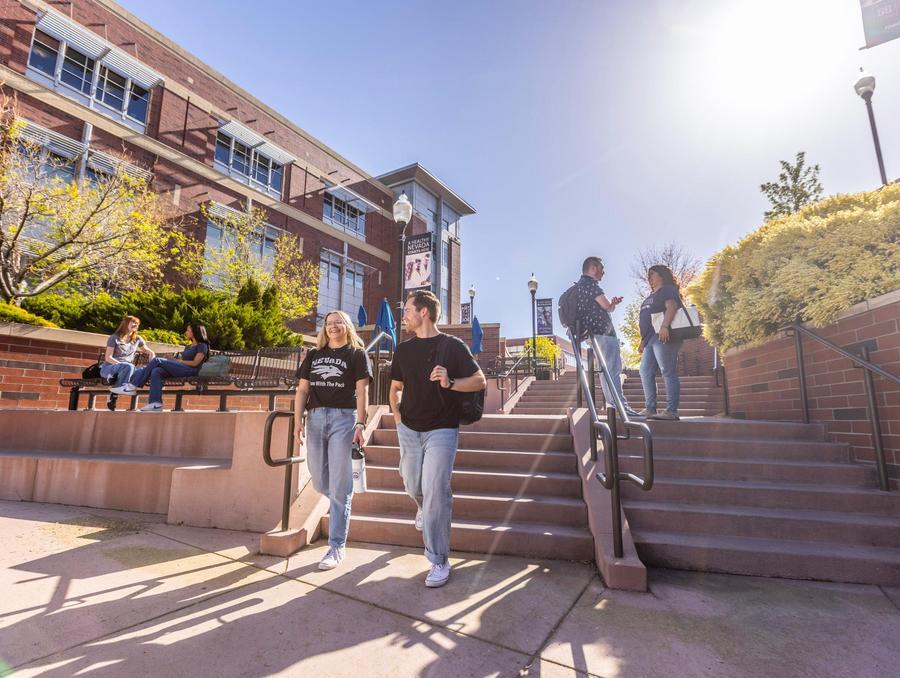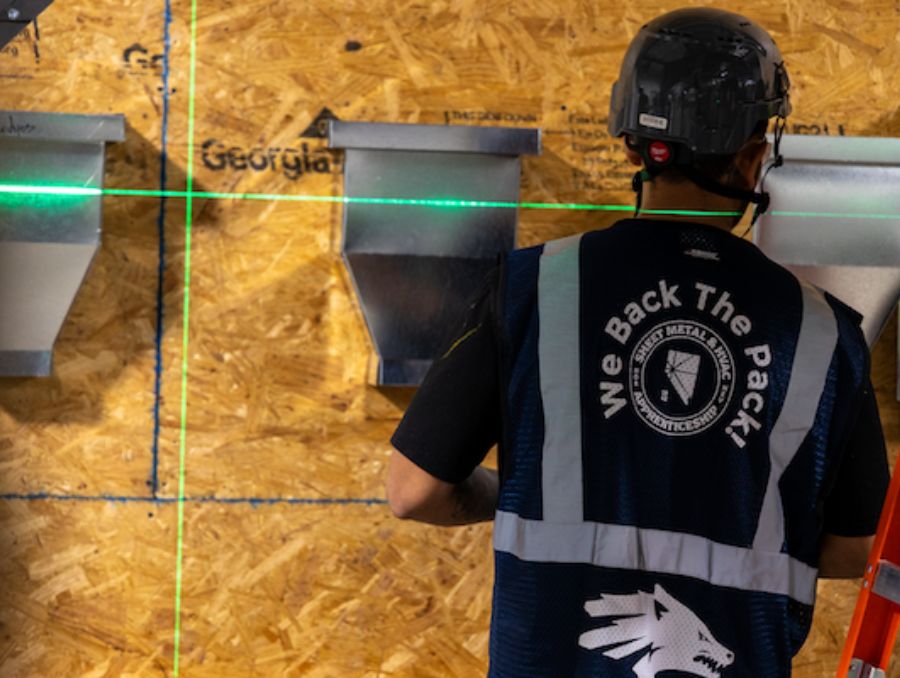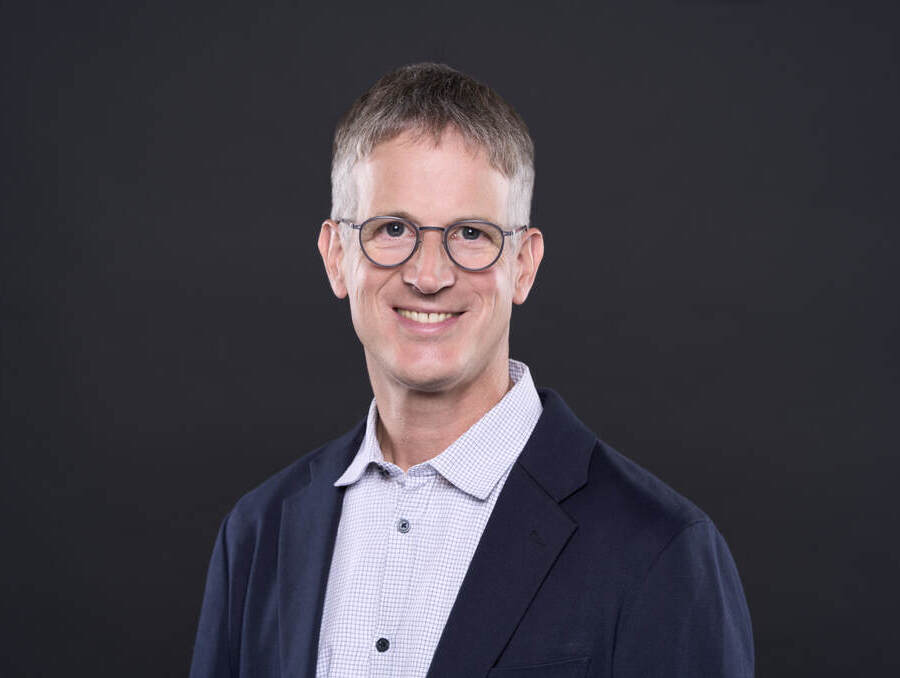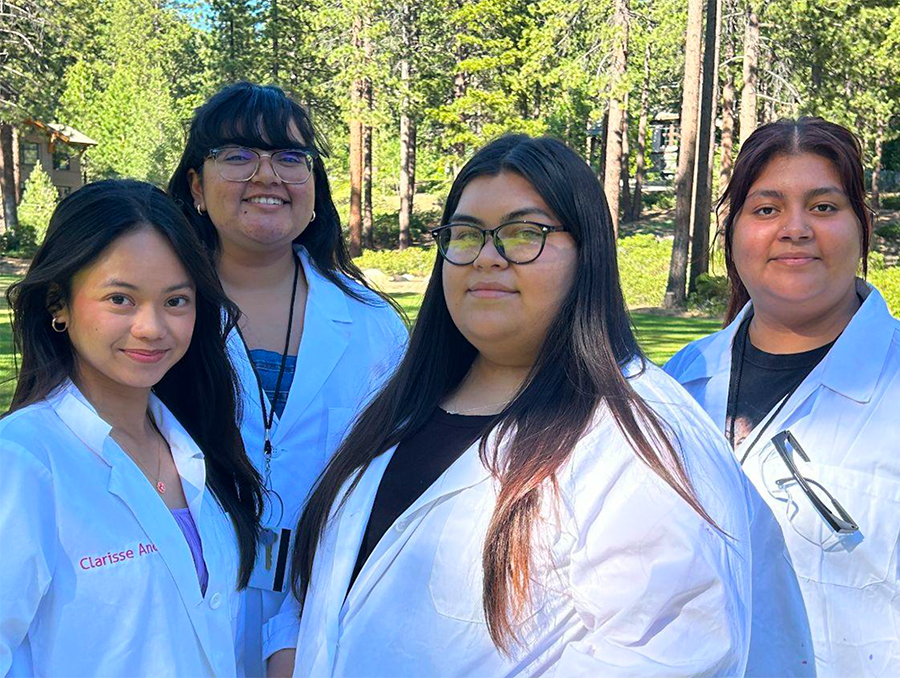University of Nevada, Reno Extension’s Living With Fire Program has developed and piloted a curriculum for use in northern Nevada high school science classes to educate students about wildfire science, preparedness and career opportunities.
“Wildfire is an essential part of healthy ecosystems in northern Nevada, but it is becoming more frequent and severe, threatening both ecosystems and people,” said Spencer Eusden, special projects manager for Extension’s Living With Fire Program. "It is essential that we educate future generations about how wildfire works and what we all can do to live more safely with wildfire in our state.”
Eusden has been working with stakeholders and educators across the state, including teachers, fire professionals, scientists and tribal organizations, to create a high school curriculum that includes training and materials for teachers to include wildfire education in their biology, earth, environmental and agricultural science classes. Funded by a two-year, $212,950.20 grant from the Federal Emergency Management Agency, the curriculum will teach high school students how to prepare for and prevent wildfire, while meeting Nevada educational needs and standards.
The curriculum prompts students to explore the beneficial and harmful roles wildfire plays across Nevada ecosystems. For example, students in earth science courses will dive into wildfire’s impact on soil nutrients and erosion patterns, while environmental studies students will use historic climate and wildfire data to make predictions about how wildfires are likely to change in the future. Eventually, the program will develop curriculums for elementary and middle school students as well.
Eusden and Living With Fire Program Director Christina Restaino are collaborating with other agencies to aid with the implementation of this curriculum and to connect students to the many career opportunities available in wildfire and natural resource management. The Bureau of Land Management has committed financial support to the project so that it can continue after the original grant period ends and is helping shape curriculum material. The Great Basin Institute is filling AmeriCorps service terms to help teachers use the Living With Fire curriculum in the classroom, and the U.S. Forest Service and many local fire districts have committed support to help Eusden and his team connect fire professionals to classrooms where they can share their expertise with students.
“Fire is and has always been a part of Nevada landscapes,” said Restaino. “It’s important that we give teachers and students the tools to understand both the important ecological role of fire, but also how to be prepared for the fires that are happening around our communities,”
This past fall, Eusden piloted parts of the newly developed curriculum at Carson High School. During this lesson, students learned how invasive cheatgrass impacts wildfire frequency in Nevada and completed a take-home lab to identify areas where they could reduce the wildfire risk around their homes. Guest speaker Jennifer Diamond, fire mitigation specialist with the Bureau of Land Management Carson City District, answered students’ questions about wildfire behavior, career opportunities and how wildfire crews contain fires. These activities and conversations provided students valuable opportunities to process the stress of recent incidents and become more resilient to future wildfires. A student survey following this pilot showed an increase in the number of students who felt that they had the ability to protect where they live from wildfire.
“One thing I learned about wildfire that I did not know before these lessons is that a smaller fire can be burned in order to remove the fuel for larger, more dangerous and destructive fires,” one student said in the survey.
Eusden and the Living With Fire team will continue to revise and pilot these materials this spring. All materials and trainings for educators will be available free of charge starting this summer. Teachers interested in updates on this curriculum or previewing these materials, or organizations interested in partnering with Living With Fire on this project are encouraged to connect with Eusden by emailing him.
